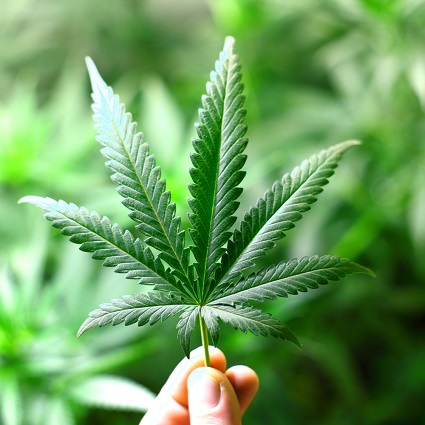
Canada, February 4, 2020 (420 INTEL)- Canada’s pot producers are getting plenty of fresh air.
For the first time, Health Canada noted it has licenced more physical space for outdoor cannabis cultivation (19 million sq. ft.) than indoor grow ops (13 million sq. ft.).
The abundance of outdoor operations should exert downward pressure on wholesale prices of cannabis, but only if producers are able to overcome the challenges of the great outdoors, according to Marijuana Business Daily.
“It’s a steep learning curve,” said Mark Spear, founder and CEO of the Wildfire Collective near Ottawa. “If you struggled to produce cannabis indoors in a greenhouse environment, it’s not going to be drastically easier outdoors,” Spear cautioned.
But Spear, who runs a multi-site, outdoor-only operation, said indoor operators are going to have to explain their prices as more quality outdoor product becomes available. “When these (outdoor) producers can get into the legal system, it’ll really be a challenge for the indoor producers to justify their expenses versus the end results,” he argued.
The Ontario-based 48North offered proof of this in spades last December when it announced that it has managed to produce cannabis for just 25 cents per gram, far lower than the $2 level it claimed is typically achieved by indoor operations.
“When you factor in the government’s mandate, which is to eradicate the black market, then, of course, cost plays a huge role in that,” Alison Gordon, CEO of 48North, told Global News at the time. “When we have such a robust black market that people have been using forever, what is the motivation to go to the legal market if the prices are significantly more?” Gordon asked.
The company reported its buds will end up in Quebec retail stores priced at $7 per gram for 3.5-g containers, what it called one of the most competitive legal offerings available.
Setting up outside presents challenges of its own and it all comes down to quality.
Indoor grows may be pricey, energy-hungry operations that make it difficult for companies to compete with the black market, but setting up outside presents challenges of its own and it all comes down to quality, said B.C. cannabis breeder Ryan Lee.
A lot of it comes down to appearance. The temperature fluctuations that plants experience outdoors can stretch out flowers, causing them to appear less full than their indoor counterparts. This is why outdoor grows usually feed into operations that convert the product into oils and extracts.
“The legacy market, illicit market, whatever you want to call it, has already done this experiment,” Lee said. “The market has decided that it prefers indoor-grown cannabis to outdoor-grown cannabis,” he argued.
That may not be the case for long, though, with the quality gap quickly closing, Spear said. “Canada is known for some exceptional cannabis,” he said. “A lot of people think it’s all indoors, but people are going to find out over the next few years that some exceptional outdoor already comes out of Canada.”
 Investment value finders Investment value finders
Investment value finders Investment value finders



